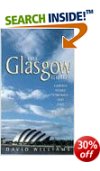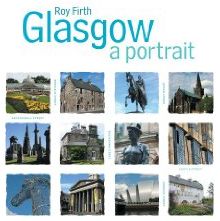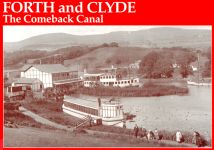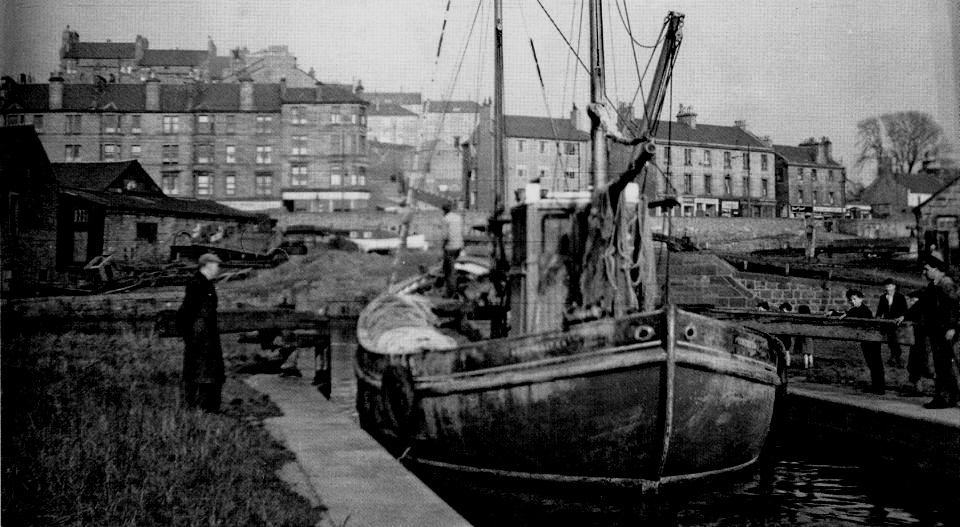  |
City of GlasgowForth & Clyde Canal
Maryhill to Temple |
 
|
in Maryhill
in Glasgow |
Lock
21 in Maryhill |

Basin on Forth and
Clyde Canal in Maryhill |
Basin on Forth and
Clyde Canal in Maryhill |

Kelvin Dock in Maryhill |

Kelvin Dock in Maryhill |
Barge
on Forth and Clyde
Canal in Maryhill |
 Fishing boat
in Forth and Clyde Canal Old Maryhill |
Aqueduct
of the Forth and
Clyde Canal across Maryhill Road in Glasgow |
Maryhill
Parish Church in Maryhill Glasgow
Churches
Gallery
|
Gas
Works at Anniesland beside the Forth
and Clyde Canal |
|
from Maryhill to Anniesland Constructed for the Corporation of Glasgow which was the second largest gasworks in Britain. Gas holder number four, 136ft high, was built in 1893 and was the third largest in the world. Its neighbour, 146ft tall, was built seven years later. Accorded category "B" listed buildings status. |
|
at Anniesland |
Swans
on the Forth and
Clyde
Canal at Temple, Anniesland |
Swan
on the Forth and
Clyde
Canal at Temple, Anniesland |
Lock 27 at Temple on the Forth
and Clyde Canal |
Barge on
the Forth and Clyde
Canal at Temple, Anniesland |
MARYHILL - WALK NARRATIVE:

Glencoe | Ben Nevis | Knoydart | Isle of Skye | Isle of Arran | The West Highland Way
The Eastern Highlands | The Central Highlands | The Southern Highlands | The NW Highlands